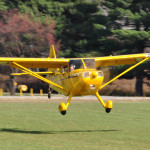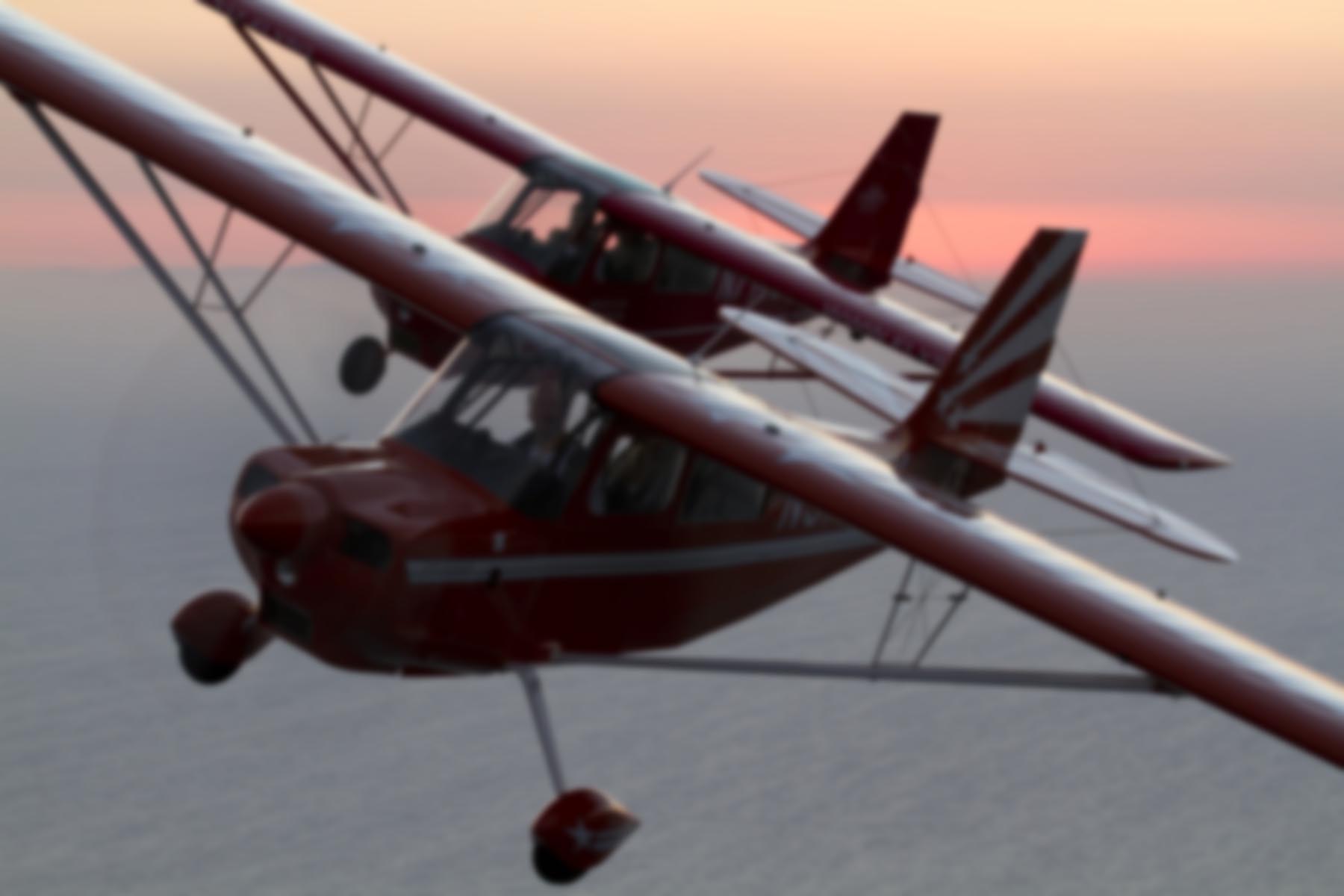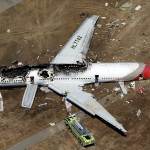Everyone knows the first step of recovering from addiction is admitting you have a problem. We in the aviation world have a dangerous addiction of our own: the crutch of technology. Read more →



Everyone knows the first step of recovering from addiction is admitting you have a problem. We in the aviation world have a dangerous addiction of our own: the crutch of technology. Read more →

Things happen quickly when the engine quits at low altitude. Doesn’t it makes sense that the time to prepare for emergent situations is before they occur? If the answer is yes, then I wonder why takeoff briefings are not typically taught or performed in single-engine airplanes. I think they should be, because they’re as important — if not more so — in a single than the multi-engine airplanes where they’ve long been standard procedure. Read more →

The FAA has seen fit to ban all personal electronic devices from the airline cockpit, as well as strongly recommend a similar prohibition for Part 135 and 91K operators. As one who flies a fair number of overnight, long-haul flights, I think this is a bad idea and one which will hurt rather than help flight safety. Read more →

We put a lot of time and effort into taking care of our flying machines. On a recent trip, I got a rude reminder that our biological machinery needs the same attention. A pulled back muscle turned into a major pain in the neck just as my medical certificate was about to expire. Read more →

Angle-of-bank limitations have been suggested by flight instructors, alphabet groups, pundits, and most recently by Richard Collins of all people. I’ve touched on this subject before (see Aviation Myth #14), but for some reason the idea keeps rearing it’s ugly head that arbitrary bank limits make flying safer. They don’t. What they WILL do is make a stall/spin more likely. Here’s why. Read more →

The news outlets have been buzzing about a recent spate of wrong-airport landings. Since those have been well-covered by the media, let me tell you about a very memorable wrong-airport landing I personally witnessed at a most unlikely location. Read more →

You’ll hear all sorts of advice on emergent situations. Some say never rush into anything, others will tell you immediate, decisive action is invaluable. It would be lovely if there was a single “best strategy” for every situation, but like many things in the world of aviation, there are times when one of those responses can save your bacon… and just as many when it might get you killed. The real key is knowing which is which. Read more →

Flying is a considerably safer today than it was when the NTSB was first established. But the Board’s safety recommendations have picked most of the low-hanging fruit over the past ninety years, and the things they suggest nowadays are sometimes divorced from reality because they don’t consider the cost their proposed enhancements place on an overburdened industry. Perhaps it’s time to change that. Read more →

The mid-century era was a wonderful time for design, architecture, and even aviation. Unfortunately, it was also the top of a slippery slope in pilot proficiency which just happens to have coincided with a proliferation of nosewheel designs… and a maddening late 50’s advertising campaign by Cessna based on the concept that flying = driving. Every time I see this ad, all I can think is “no, No, NO!” I don’t care how many flying cars or roadable airplanes they build, flying will never be anything like driving. Read more →

The most common landing procedure used by IFR airplanes is the visual approach. It’s fast, efficient, and simple. So why did the crew of Asiana 214 have such a hard time with it on a good clear day? Because quality IFR flying starts with a solid VFR background — and VFR flying is something ab initio pilots see very little of. Read more →